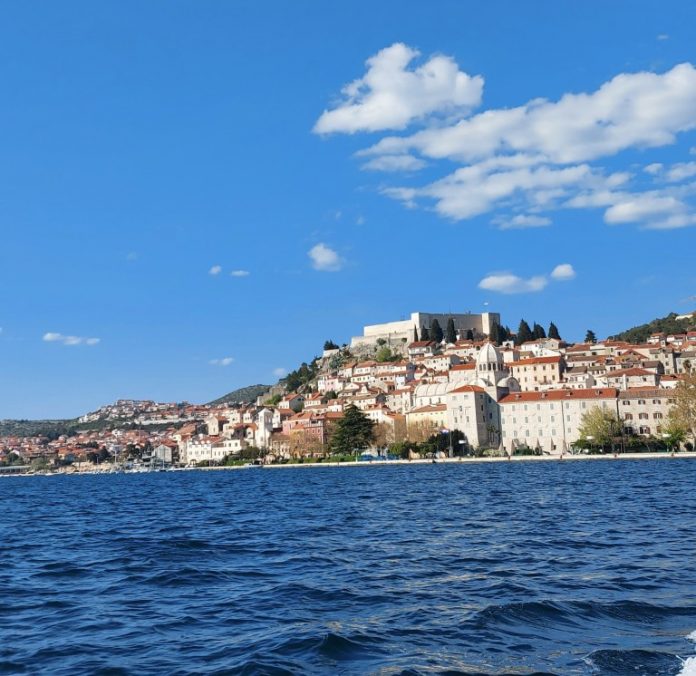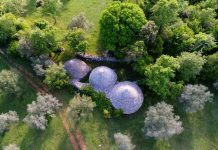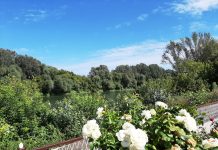In the first blog we brought you the first story about the sights and peculiarities of Šibenik and the story about the Fortress of St. Nikola. Now we continue with the story of the other Šibenik fortresses, symbols of Šibenik, guardians of the past and great symbols of the tourist and cultural image of the city.
From distinctive cats, beautiful walls, archeological sights, UNESCO attractions, divine cakes, the best guides on the Adriatic, beaches overlooking the old town, to the amazing Šibenik fortresses, Šibenik will definitely enchant you with its historical heritage and cause you to return. Šibenik’s fortresses, as an innovative and authentic attraction, dominate the tourist skyline of the city of Šibenik and represent the most beautiful attributes of the city.
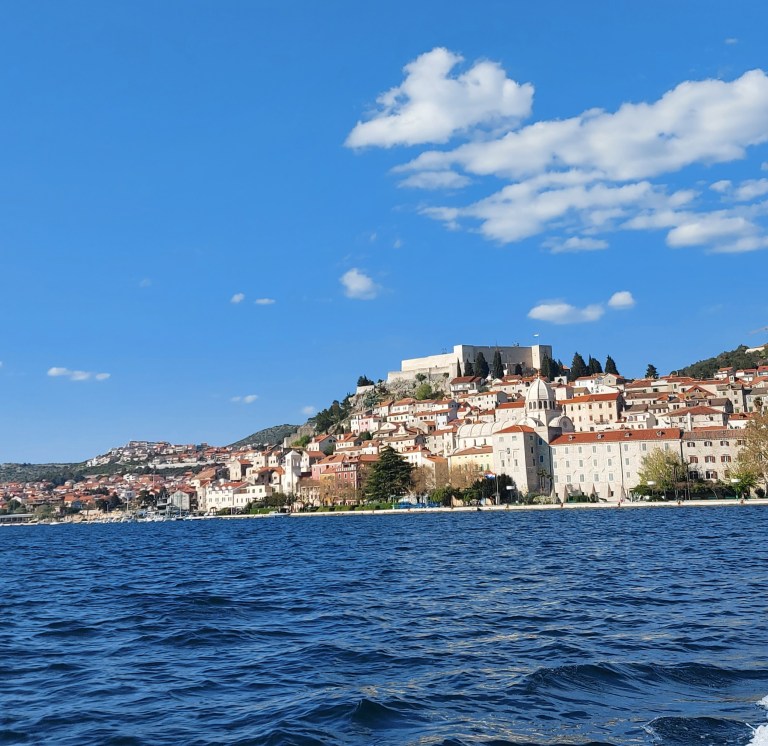
While exploring them, we invite you to stay in one of the charming hotels in Šibenik where you will enjoy a fine morning breakfast and a perfect view of the city centre, or the azur sea.
Fortress of St. Michael – under angelic protection
If you are looking for the best concert location where you will enjoy great music and beautiful views at 70 metres above sea level, but also enjoy an interactive story about the history of the city, visit this fortress. Located on a steep rock and central to the development of medieval Šibenik, you cannot miss it. It owes its name to the church dedicated to Archangel Michael. Due to its eye-catching appearance and attractive position, today it is recognized as housing one of the most prestigious open-air stages in the region. The recently constructed stage at the fortress has over 1,000 seats overlooking it and it is now the home of numerous events, such as concerts, musicals, theatre festivals, plays and film screenings.
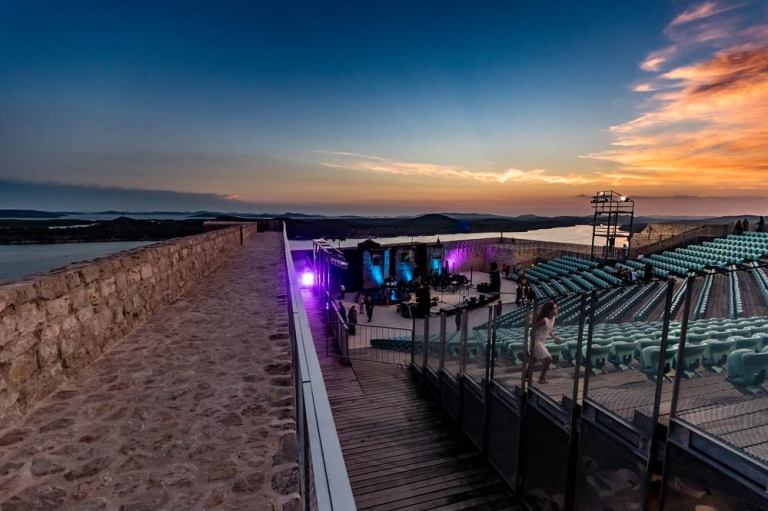
Did you know that the city walls that surrounded and protected Šibenik for centuries originated from the walls of the fortress, and that St. Michael, was the heavenly protector of the city from the earliest period? A 13th-century city seal depicts an archangel watching over the city walls. Šibenik was referred to as a castrum at that early time, a term that usually means “fortified city”. According to legend, the Hungarian-Croatian King Koloman attended a solemn mass led by Bishop Saint Ivan Trogirski around 1105, which he celebrated in the church of St. Michael.
In the middle of the 15th century, the Fortress of St. Michael was the dominant defensive point of the city with a permanent crew of 40 soldiers. Historical records tell is that the fortress was well equipped with weapons of that time. The soldiers had 27 small-caliber cannons, five rifles, about a hundred crossbows and 77 bows with over 3,000 arrows, as well as 68 spears, 42 sets of armour and 68 shields. Approximately during the same period, two cisterns are mentioned at the fortress, which have been preserved in its interior to this day. Here can be found a well-presented video performance to see for yourself how it used to be in its glory days.
And what does it look like today?
Today you will not hear the rattling of weapons or the firing of cannons from the fortress, no crossbows or bows will whistle from it, but you will hear good music and enjoy a cocktail overlooking the open sea. With a quick return to the future, this summer from June on the stage of this fortress you will be entertained by Cold Beer, Silente, Nipplepeople and many other performers. The past serving a very future purpose. This beauty is open all year round and the ticket costs 60 kuna.
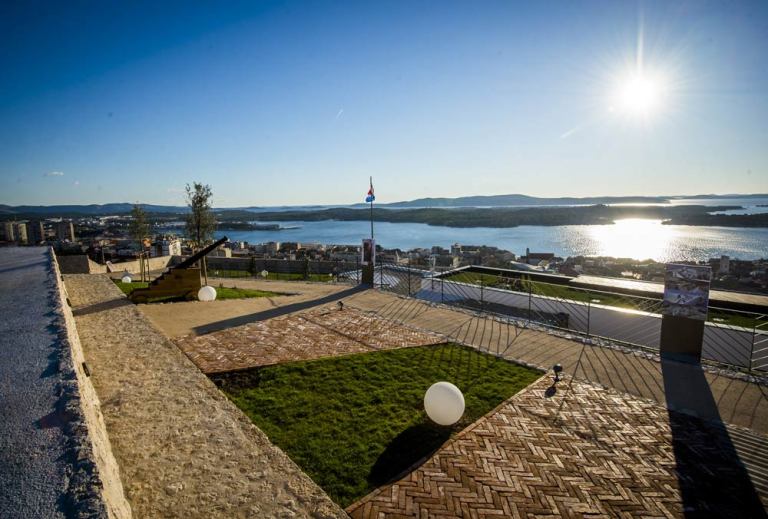
Barone Fortress – the most beautiful sound experience
This guardian of the past was built in 1646. It is also located in an imposing position, ninety metres above sea level on the hill Vidakuša (old name). The need to build a fortress on the hills above Šibenik was emphasized by many city princes during the 16th and 17th centuries, but the Venetian government ignored their requests. The city was extremely vulnerable because the enemy entering the city from the current positions of fortress Barone and the fortress of St. Ivan could easily have demolished the city walls with artillery. When the Candian (aka Cretan) War broke out in 1645, the Ottoman army quickly advanced towards the Dalmatian battlefield and reached Šibenik in the summer of 1646. Seeing what was in store for them, the people of Šibenik organized themselves with their own forces in order to preserve the freedom of their city, and in an incredible 58 days from August to October, they raised the Barons.
When the Bosnian pasha Tekijeli arrived in front of the city with about 30,000 soldiers (shortly after the construction of the Barone), the people of Šibenik managed to defend and once again the success was certainly helped by the Barone Fortress – built in time and on time.
And how it is the Barone Fortress today?
Today, you can peek into the past through a magical journey through AR devices and audio guides. Enjoy the scene of battles, conquests, beginnings, and outside you can expect a spectacular view of the magical city center of Šibenik and the surrounding archipelago. The ticket costs 40 kuna but if you buy a joint ticket to visit the fortresses of Saint Michael and Barone, for 70 kuna you have a ticket for both fortresses.
tvrdava-barone/za-posjetitelje
St. John’s Fortress – soon in a new guise, a perfect blend of technology and the past.

This fortress was built at the same time as the Barone Fortress. It proudly rises above the old city center and its revitalization is the largest project ever awarded from European Union funds to the City of Šibenik.
The goals of the project are impressive. Within the area of the Fortress, a total area of 18,657 square meters, the ramparts will be renovated and innovative facilities, attractions and products will be introduced. It is also planned to house an educational campus equipped with smart interactive classrooms and presentation spaces. At the foot of the northern defensive rampart (“pliers”), visitors will be able to enjoy the gastro-visual concept. Thus, the renovated fortress will become an ideal platform for the promotion of local small and medium enterprises.
The scenography for the Game of Thrones was located here for a short time, because due to its star-shaped shape, the fortress is very photogenic and represents great visual opportunities. We are looking forward to another successful revitalization project and can’t wait to see what it will look like when St. John’s Fortress is ready for the first visitors.
tvrdava-svetog-ivana/projekt-revitalizacije
What haven’t we told you about Sibenik yet?
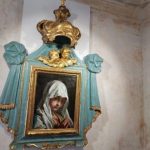
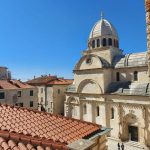
Šibenik is the first city on the Adriatic founded by Croats. It all started at the fortress of St. Mihovil on Christmas Day 1066, when Šibenik was founded by a gift from King Petar Krešimir IV, which is why it remained known as Krešimir’s town.
Šibenik is the first city in the world to receive public electric lighting in 1895.
The hydroelectric power plant on the Krka waterfalls also started operating in 1895 as the first in Europe, just two days after the first HEP station in the world on the Niagara Falls.
Šibenik is the pride of the citizens at the time when the Venetians ruled Dalmatia in the 15th century. It was the first town to mint its own money, known as the Šibenik bagatin.
And Juraj Dalmatinac Nikola Firentinac and Faust Vrančić are just some of the famous greats who left a mark at the foot of the walls of Krešimir’s town.
In the next story, we will tell you more about the Cathedral of St. James and another cultural attraction – the Interpretation Center of the Cathedral of St. Jacob’s ‘Civitas Sacra’. We will learn how the people of Šibenik built their cathedral in great communion, through sacrifice and renunciation, always putting in the foreground the good of the community in which they live and which thus became a “living Church”.
Until then, visit Šibenik – the perfect point of history and culture.
Author: Anita Žuvela

